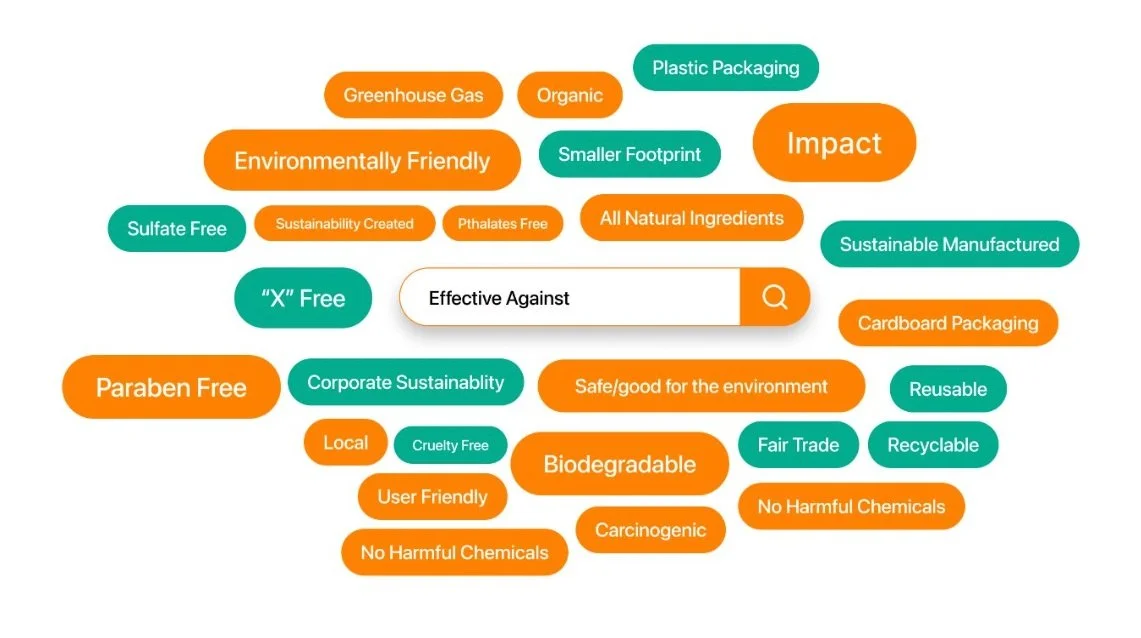Sponsored Client Project
Mightynest
Role
UX Research, UX/UI Design
Duration
5 months
Tools
Figma, FigJam, UserTesting
Understanding the sustainable journey of Mightynest’s consumers
Research Objectives
Identify shoppers' motivations, needs, goals, and pain points.
Understand where the market segments obtain information on sustainable products.
Identify obstacles that are preventing them from reaching their goals.
Identify what language the target markets use both in describing and exploring their goals.
Understand how Mighty Nest’s offerings compare with their competitors.
Target Segments
Novice
Novices do not currently purchase eco-friendly products. They are open to purchasing eco-friendly products in the future and are open to receiving guidance/support on potential purchases.
Beginners
Beginners purchase eco-friendly products on an irregular basis. They are also open to continuing to purchase eco-friendly products in the future and are open to receiving guidance/support on potential purchases.
Experienced
Experienced users purchase eco-friendly products on a regular basis. They are planning to continue purchasing these products in the future and are open to receiving guidance/support on potential purchases.
Research Methods
User Interview
We conducted 10 one-on-one interviews with participants within the Novice, Beginner and Experienced segments. Online via UserTesting & in-person.
Card Sorting
Participants were asked to sort their reasons for purchasing and using eco-friendly products, and their needs related to language, information type, and information sources into 4 categories: Critical, Important, Nice to have, Not needed
Search Language Word Cloud
Our research also included a word cloud analysis to identify common language shopper use when searching for eco-friendly products. High-priority terms included:
Benefits to the Environment: sustainability, recycling, smaller footprint, etc.
Concern for Specific Ingredients: chemicals, natural ingredients, “x”-free, etc.
Sustainable Shipping and Ethical Practices: plastic packaging, cardboard packaging, sustainable materials, etc.
Card Sorting
The card sorting exercise aimed to discover insights into how different customer segments prioritize factors when purchasing eco-friendly products.
Recommendations
Quantitative verification of cost difficulty for beginners / novice.
Potential Research Question: To what degree do high-cost concerns prevent Novice and Beginners from purchasing Eco-Friendly Products?
Gain a deeper understanding of how subscription services fit into the lives of target segments.
Potential Research Question: What obstacles are potential users facing with subscription services in general?
Gain a deeper understanding of how Experienced Shoppers became "experienced" and what resources they used to do so.
Potential Research Question: What resource information/experiences influenced your desire to purchase eco-friendly products regularly?
Lesson Learned
Collaborate with your research team to communicate findings across interviews.
Figjam can be a great way to visualize and organize your data.
Consider how to visualize your output before analyzing data.
Planning your final data visualization during the data gathering and analysis phases will simplify your overall process.




